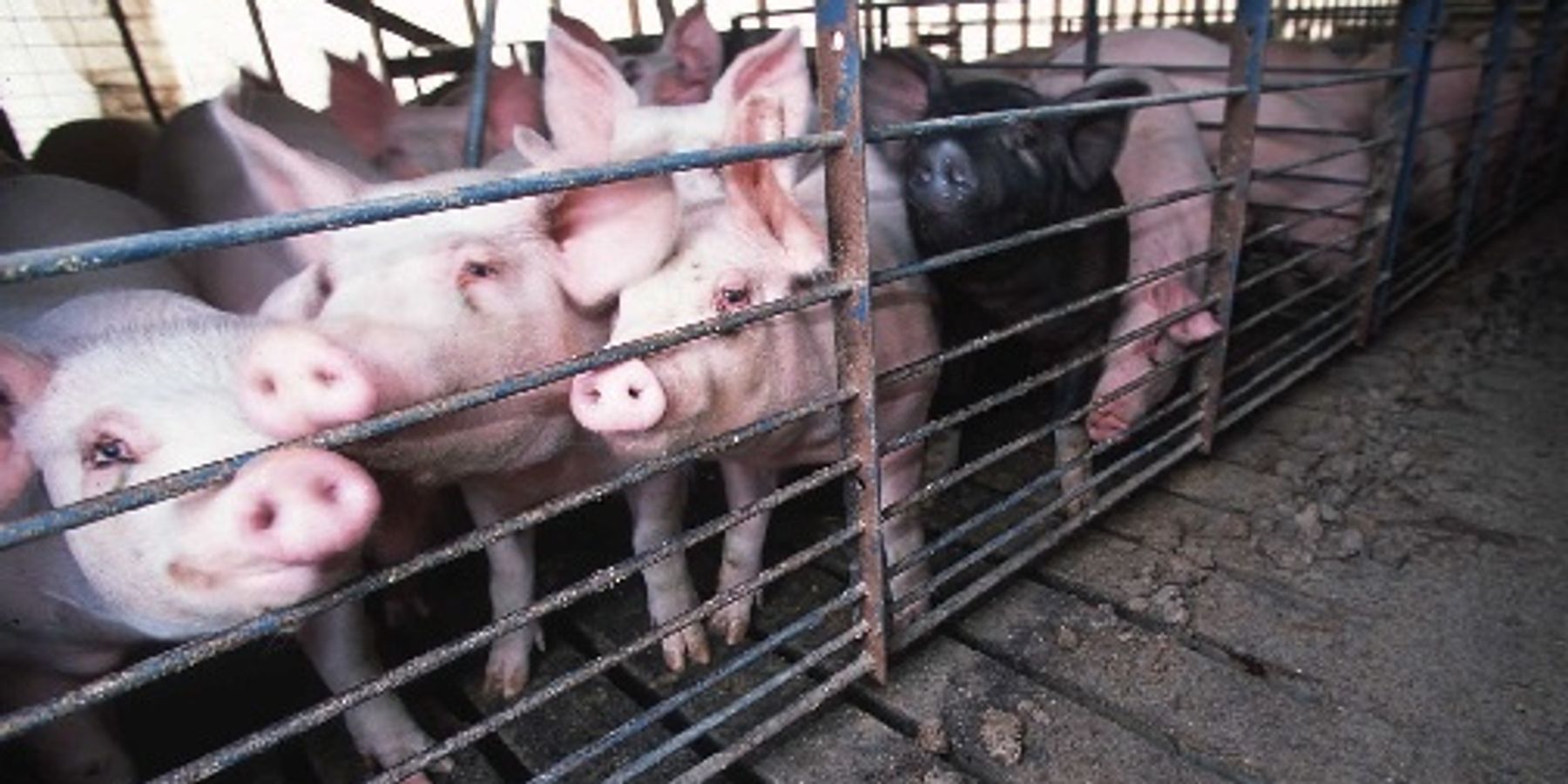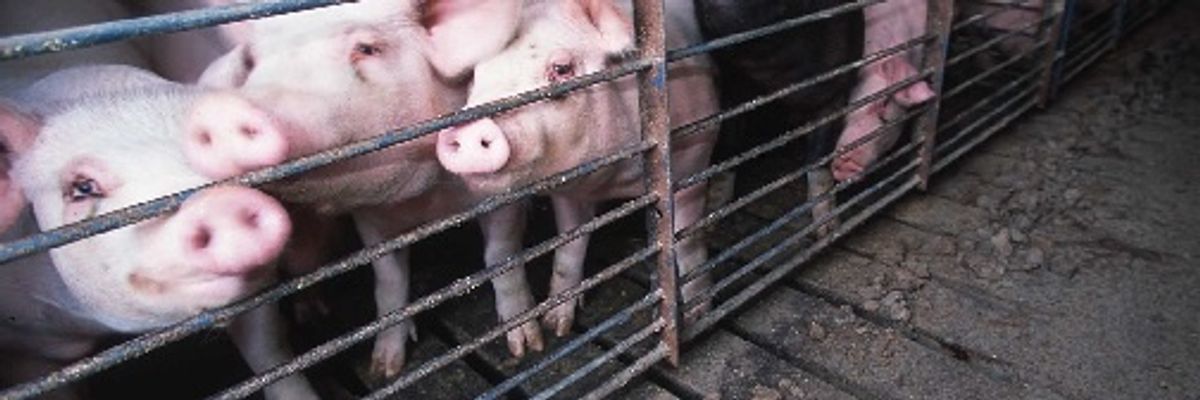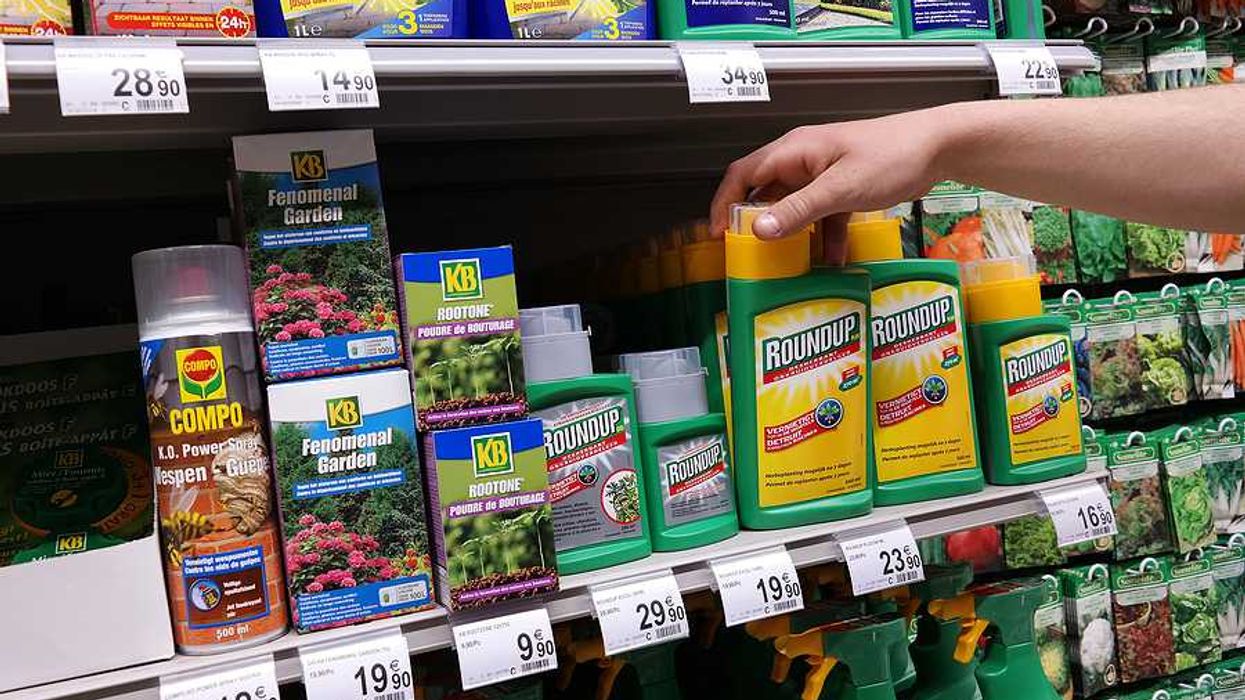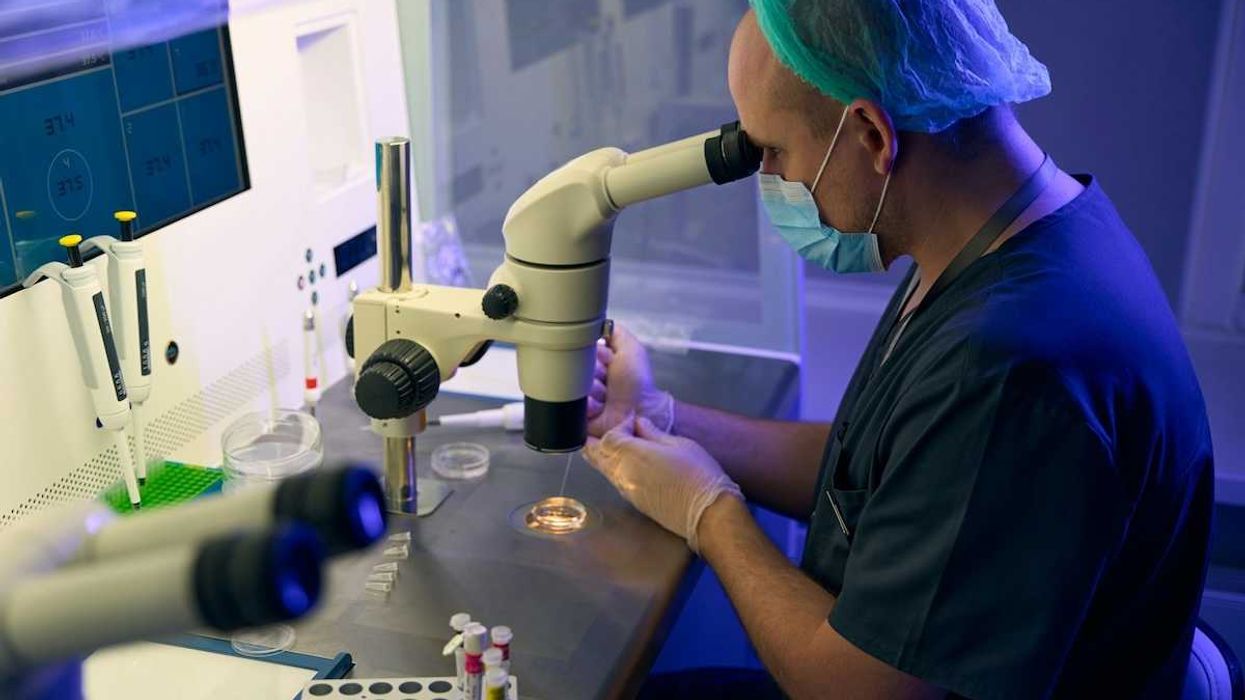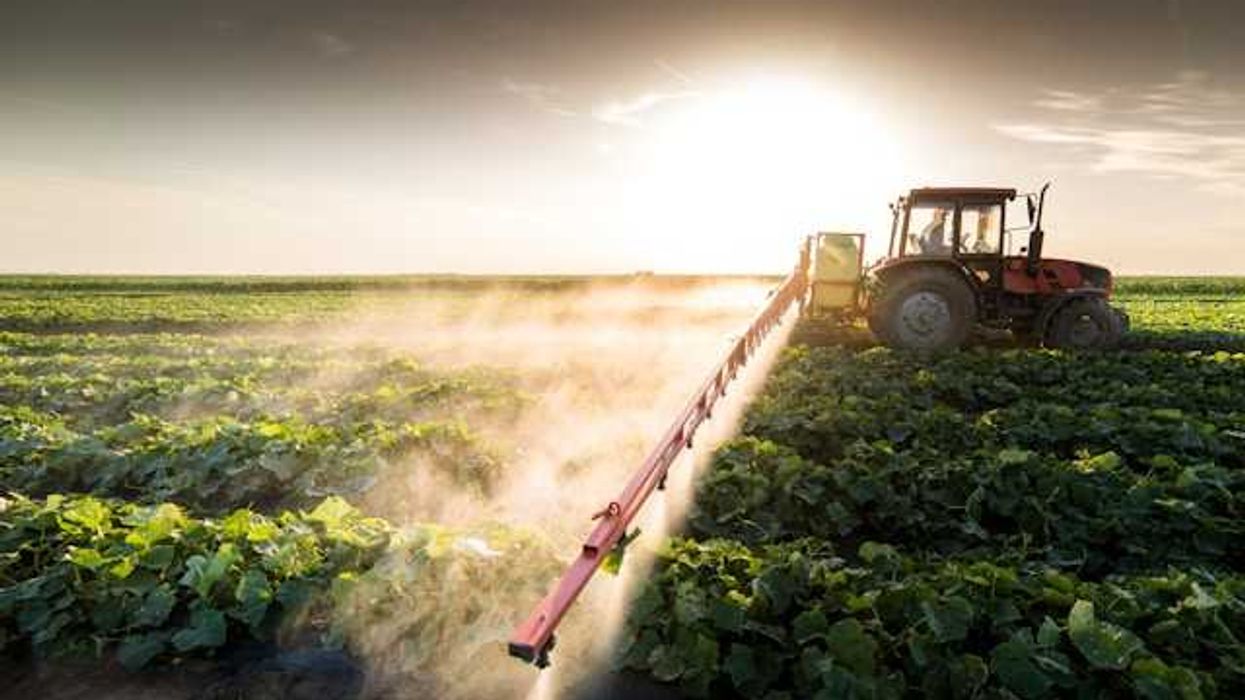As thousands of pigs eat and breath and defecate in the concentrated confines of a modern-day hog barn, CO2 levels can skyrocket – up to 5,000 parts-per-million, more than 12 times the normal atmospheric concentration.
That was seen chiefly as a climate problem, something for the future.
New research points to a far more immediate impact, particularly for the workers tending to those animals: elevated carbon dioxide in confined pig farms may worsen dust-induced lung problems in farmworkers.
"A host of health problems"
Researchers from the University of Nebraska Medical Center exposed mice to dust taken from hog farm barns and housed them in boxes with several different CO2 levels. The higher the exposure to CO2, the more inflammation the mice experienced.
The study suggests industrial hog farms should take carbon dioxide into account when examining ventilation and workers' safety equipment.
Most modern day large hog operations, where hundreds or thousands of hogs are kept in confined spaces indoors, are quite dusty—largely made of particles from feed and hog poop, as well as dander from the animals, mold and parts of insects—and it irritates workers' respiratory systems. Workers face a host of health problems from breathing in dust, including increased asthma and COPD risks, chronic bronchitis and reduced lung function.
"We see the most profound inflammatory effects in swine barns compared to cattle or poultry," said Todd Wyatt, professor in the department of environmental, agricultural & occupational health at the University of Nebraska Medical Center and senior author of the new study.
A large mix of gases
Researchers estimate roughly 20 to 40 percent of workers in confined hog farms experience coughing, wheezing and shortness of breath.
In addition these buildings have a large mix of gases—more than 160 gases have been found in the air of these barns—including high amounts of carbon dioxide, ammonia and hydrogen sulfide. CO2 gases have been reported as high as 5,000 parts per million in some facilities—due to the animals and their waste. Normal concentrations in indoor air are between 350 and 1,000 ppm.
While ammonia, released in the air from the hog urine breaking down, has previously been the gas linked to breathing problems in farm workers, CO2 has long been thought of as mostly innocuous to hog workers' health. It has has, however, been linked to headaches, altered blood gas pH levels at high levels and impaired cognition.
It's not clear why or how CO2 would worsen inflammation, Wyatt said. However, previous research has shown that alveoli—tiny air sacs in the lungs that allow for oxygen exchange—are affected by changes in CO2 levels.
Regulating carbon dioxide at large farms is a health and economic issue, Wyatt said. "CO2 depends on how much ventilation takes place. In many places, especially up north, you have to heat these large facilities. When you ventilate you remove heat."
"Just scratching the surface"
Wyatt's new study was limited in that mice inhale differently than people and the amount of dust exposure was higher than what a human might encounter. Wyatt added, however, that the CO2 levels were well within what is allowed by federal workplace standards.
"We're just scratching the surface by identifying this problem," he said.
As the nature of livestock farms has changed—from farms with a few animals to indoor, factory-like operations—health professionals and scientists have tried to keep up with health and safety protocol to protect workers.
Mary Cramer, professor at the University of Nebraska's Medical Center who was not involved in Wyatt's study, said that many times farmers and farmworkers simply do not know about risks. She and others have been surveying hog and crop farmers in Nebraska and around the Midwest to see how much they know about, and use, protection like dust masks.
Her work, and previous studies, show about half the time farmers use masks or hearing protection, Cramer said. "That really hasn't changed over the years."
In a publication last year Cramer and colleagues reported younger farmers (under age 50) were no more likely to use the protection than their older counterparts. "That was disturbing," she said.
In an unrelated worker safety survey last year, Latino immigrant hog workers in Missouri reported often not using respirators, even when provided.
Banner photo: Jeff Vanuga/flickr

